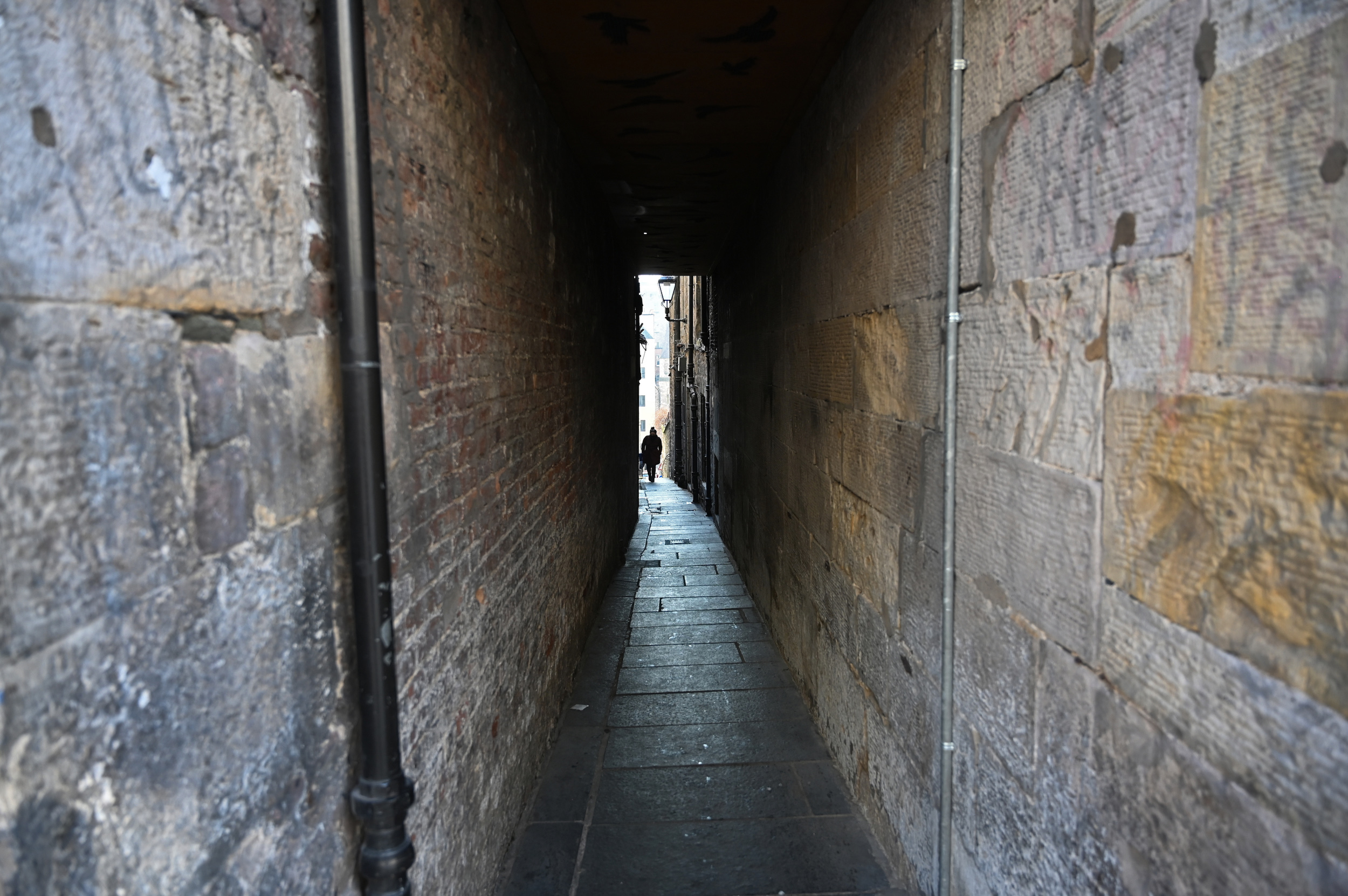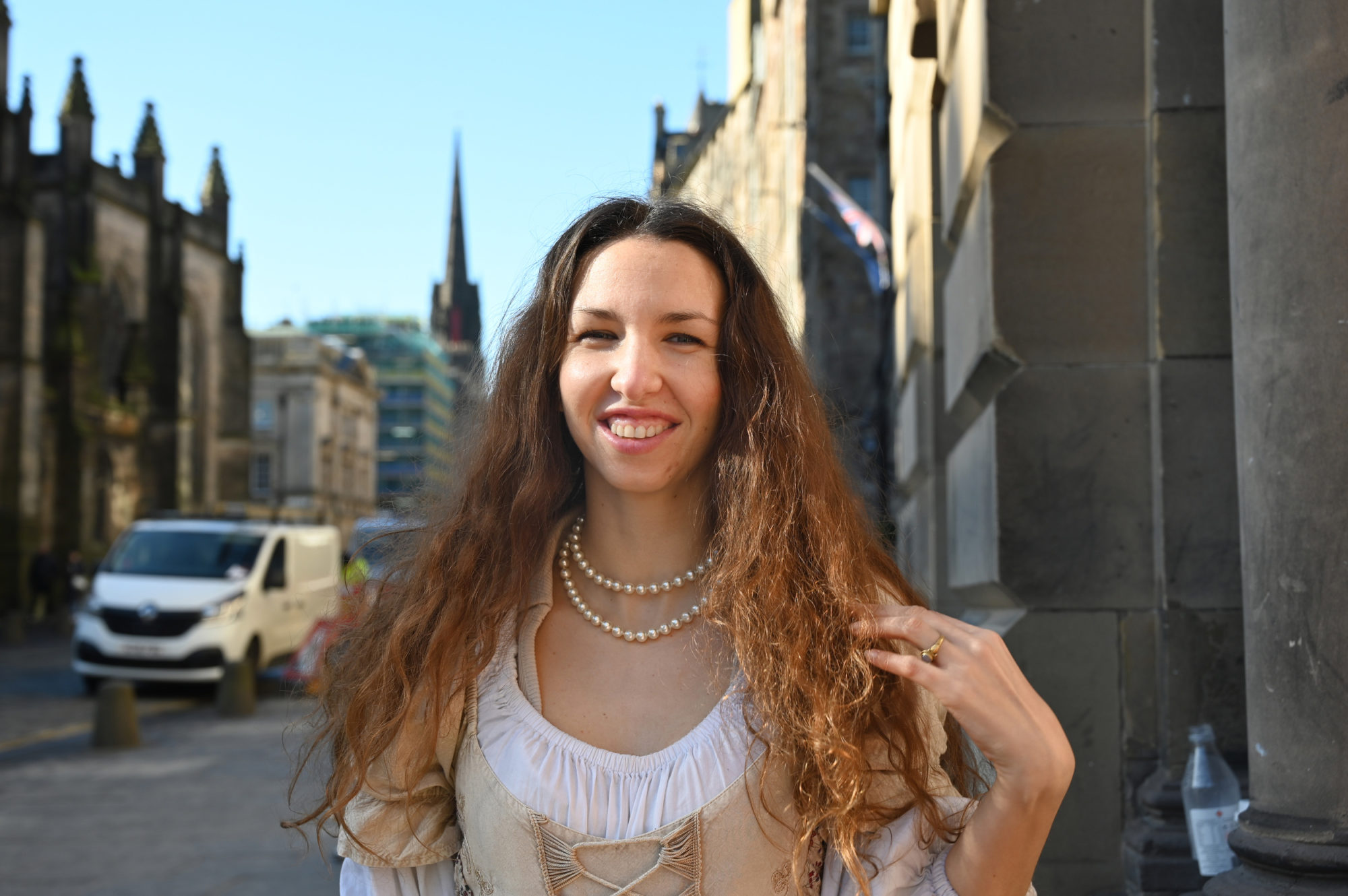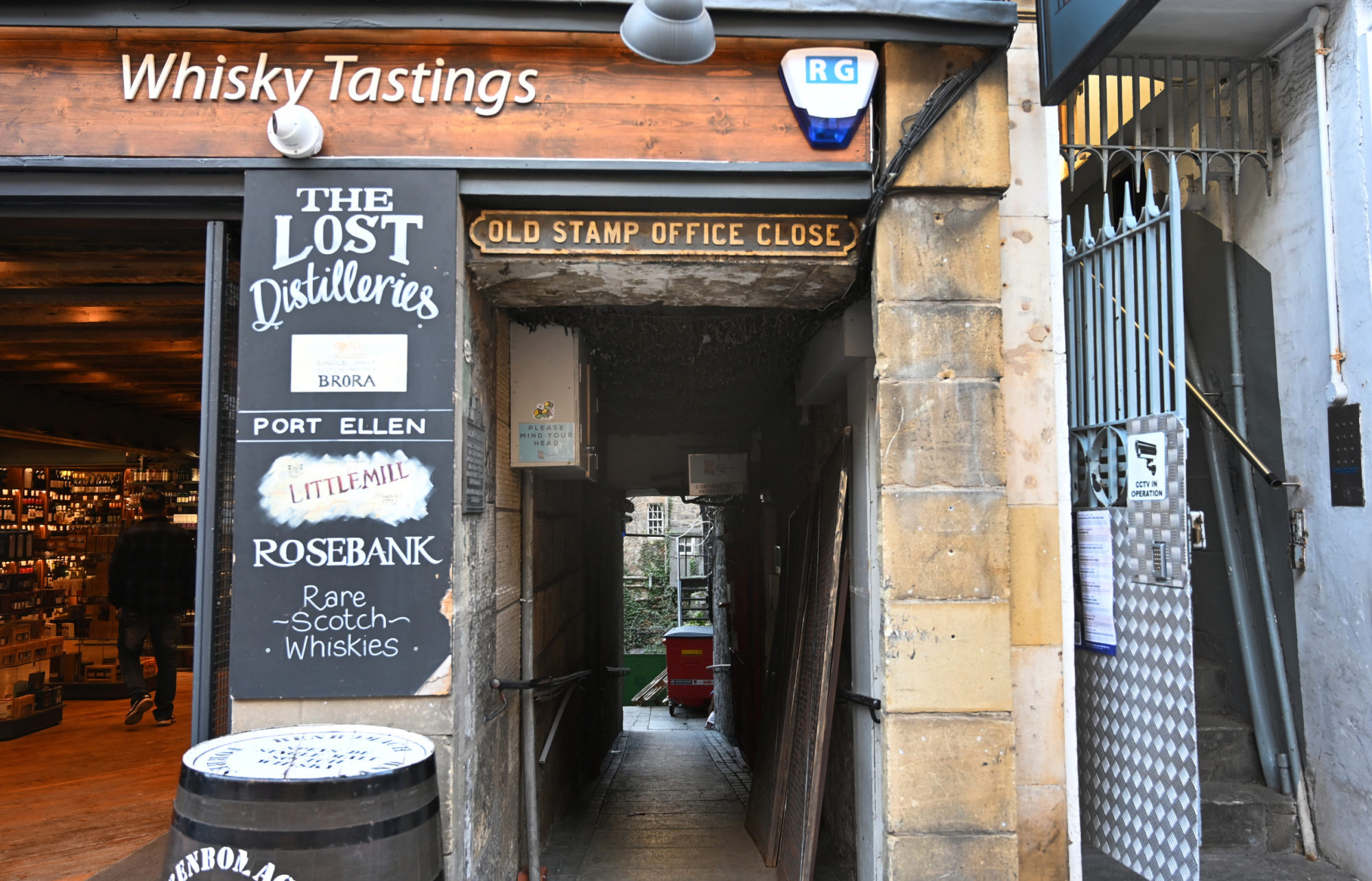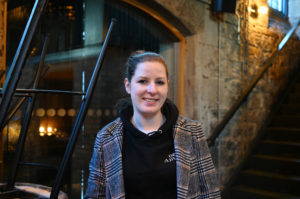The Hidden Gems
That take You Close(r) to Scotland’s Royal Mile
Anchor, Fleshmarket, Old Fishmarket, and Sugarhouse are some of the names of the 76 alleyways that flood into the Royal Mile—the cobblestone main street in the heart of Old Town Edinburgh.
The alleyways, mostly known as closes(klosses) and sometimes as courts, can lead to a panoramic view, a hidden restaurant, a historical attraction, or sometimes, a pile of trash.

In the 16th century, the closes served as either passageways in and out of the main part of the city, or they were a part of a “private community,” as they would be gated off at night for wealthy elites who lived within the closes.
By the 19th century, the closes were typically occupied by lower classes. The poorest people lived on the dark and fetid lower floors where open sewage flowed past their doors and into the old Nor “Loch” (lake) at the bottom of the hill.
“All of the names of the closes have a history,” Mikaela Kallianioti said.

Kallianoiti is a tour guide at Mary King’s Close, an attraction that has preserved a 17th century close. It is partly known as the site where Mary Queen of Scotts spent her last night as queen. Despite its narrow size, Mary King’s Close was, at one time, the widest street second only to the Royal Mile.
It was named after a prominent stall owner, Mary King, who, according to Kallianoiti, lived in the close from 1635 to around 1644. It is unknown whether she died in The Great Plague of 1645.
Tour guides like Kallianoiti research the history of the closes. According to Kallianoiti, some of the names of the closes represent businesses that were once there—dating back to the 1600s—like the Old Stamp Office Close, which was home to the Government Stamp Office until 1821.

But as time passes, some are renamed to reflect the current business. Sometimes a business takes its name from the close.
One example is Advocate’s Close, named for the Scottish term for a lawyer. It opens on Cockburn Street with steep steps going up to the Royal Mile and an archway that frames a famous view of the Sir Walter Scott Monument.
Halfway up the steps is Devil’s Advocate, a restaurant which used to be a Victorian pump house. Ruth Smith is the assistant general manager at the restaurant, which is tucked into a quiet corner of the close.
“People are more interested, but they do find it harder to find where we are,” said Smith. “Because it’s right off the mile, it is so touristy. So, we do end up with lots of people that just wander down to discover us, and then just pop their head in.”
According to a plaque outside of the close, it is named after Lord Advocate Sir James Stewart, who lived there from 1692 to 1713. But the name Devil’s Advocate, according to Smith, comes from its proximity to the Parliament House, home to the Supreme Courts of Scotland.

Not all closes are as picturesque as Advocate’s Close. Some lead to dead ends or piles of trash, like the Old Fishmarket Close—which raises the question of their safety, especially at night. Smith said that homeless people, drug addicts, and alcoholics sometimes take shelter in the closes—especially the ones that do not have lighting.
But Smith said she always feels safe coming up and down Advocate’s Close.
“I definitely don’t go down to some of the other ones,” Smith said. “Some of them are a lot dark and a lot narrow, and I probably wouldn’t at night.”
Kallianioti said she is not afraid of any of the closes in Old Town, although they can be “spooky” because of their gothic atmosphere.
“Our town is full of people, most of the time,” Kallianioti said. “I guess it’s quite safe. There are other parts of Edinburgh that are much more dangerous.”
However, Kallianioti said that during the 1600s, the closes were not a safe place for women.
“At the time, women would be easily assaulted in the streets,” Kallianioti said. “That’s why you needed to have very good lighting outside, because easily someone could be raped, within the closes. That’s why in the night, the closes were actually shut.”
In honor of those women, Mary King’s Close is hosting women’s history tours for a limited time to better understand the lives of the women who have inhabited the closes and other areas of Edinburgh throughout the ages.